WAY W E EAT
WHY OUR
FOOD CHOICES
MATTER
PETER SINGER
11M MASON




CONTENTS
PART I: EATING THE STANDARD AMERICAN DIET
............................................................... 69
PART II: THE CONSCIENTIOUS OMNIVORES
..................................................................... 83
... 101
.................................. 151
....................................... 170
PART III: THE VEGANS
........................................................................................... 325
PREFACE
 nimal Factories, the first book that Jim and I wrote together, was -released in 1980 and sparked a wave of publicity about factory farming in major newspapers across the country. We appeared on CNN and on NBC's Today. The book's warnings about the harm factory farming inflicts on the environment, on rural communities, and on animals have been echoed by many others since. And yet the publicity that Animal Factories stirred up subsided without any significant changes taking place.
nimal Factories, the first book that Jim and I wrote together, was -released in 1980 and sparked a wave of publicity about factory farming in major newspapers across the country. We appeared on CNN and on NBC's Today. The book's warnings about the harm factory farming inflicts on the environment, on rural communities, and on animals have been echoed by many others since. And yet the publicity that Animal Factories stirred up subsided without any significant changes taking place.
Although the new animal movement, which some say was triggered by my earlier book, Animal Liberation, was starting to make an impact, in America most activists were still very much focused on animals used in research, for fur, and in circuses. Given the numbers of animals affected by these issues, that was an odd set of priorities. In the United States somewhere between 20 and 40 million birds and mammals are killed for research every year. That may seem like a lot-and it far exceeds the number of animals killed for their fur, let alone the relatively tiny number used in circuses-but even the figure of 40 million represents less than two days' toll in America's slaughterhouses, which kill around 10 billion each year.
In the course of working on Animal Factories, Jim, who had grown up on a farm in Missouri as the fifth generation in a family of farmers, became curious about the process of domestication of animals, particularly farmed animals, and its impact on the early development of human civilization. After 12 years of reading and revising his thinking, he wrote An Unnatural Order, which Publishers Weekly called a "powerfully argued manifesto" in its starred review. The book contends that animal agriculture destroyed our ancient sense of kinship with animals and the living world and replaced it with a belief in dominion-a god-given license to use them as we see fit-and a sense of alienation from nature that is at the root of many of our social and environmental crises.
While Jim was writing his book, I was back in Australia, raising a family and writing and teaching about such ethical issues as global poverty, new reproductive technologies, life-and-death decisions in medicine, and, of course, the treatment of animals. I became a close adviser, through lengthy international phone calls, of Henry Spira, a remarkable activist who had campaigned successfully to persuade the major cosmetics corporations to find alternatives to testing their products on animals, and now was turning his attention to corporations like McDonald's and the treatment of farm animals. Jim and I kept in touch, and we met occasionally when I visited the States.
Then in 1999 I was appointed professor of bioethics at Princeton University. In America I found a sharply increased awareness of factory farming. Some of the largest animal organizations, including People for the Ethical Treatment of Animals, the Humane Society of the United States, the Humane Farming Association, and Farm Sanctuary were working to bring changes for farm animals. The Washington Post ran a shocking series of articles on conditions in the nation's slaughterhouses. In 2001 Senator Robert Byrd, a senior and influential member of the U.S. Senate, made a passionate speech denouncing the "disgusting cruelty" of "profit-driven factory farms"-the first time in decades that these issues had even been raised in Congress.' The following year a coalition of animal organizations succeeded in getting an initiative on the ballot in Florida to amend the constitution of the state to require that every sow kept on a farm should have enough space to turn around. Despite objections that this was not a fit subject for a constitutional amendment (there was no other way, in Florida, to get a proposal before the voters), Floridians voted on the substance of the measure, rather than the procedures, and gave it clear majority support.
For the first time in the United States, a major form of factory farming had been outlawed by popular demand. The air and water pollution caused by factory farming was also in the news, sparked partly by the legal efforts of Robert F. Kennedy Jr. and organizations like the Natural Resources Defense Council, Waterkeeper Alliance, and the Sierra Club. Kennedy, acting for several farm and fishermen's groups, won a major victory against Smithfield Foods that suggested that almost all American factory farms were violating the Clean Water Act. (The Bush administration thereupon instructed the Environmental Protection Agency to weaken the rules and curtail its investigations of factory farms.)2
Naturally, when I came back to the States, Jim and I met again and talked about this new surge of interest in the issues we had raised in our earlier book. We had revised Animal Factories in 1990 and we thought of revising it again, but gradually the discussion moved from the growing concern about factory farming to broader issues, including the organic food movement, the fair trade movement, and ethical consumerism in general. We therefore decided to write a book that would respond to the widespread interest in taking an ethical approach to all our food choices. This book is the outcome of that discussion.
-Peter Singer, Princeton, New Jersey
I was delighted when Peter returned to the United States so that we could continue our work together exploring the issues surrounding food, farming, and fishing-subjects dear to my heart. I was raised in the forties and fifties on a 160-acre family farm in the southwest Missouri Ozarks, living and working beside my parents, my father's parents, his sister, Wilma, and my two older brothers. The family maintained an orchard, a large vegetable garden, and separate "patches" for asparagus, potatoes, and strawberries. We grew wheat and soybeans to sell, and corn and hay for our animals: chickens, beef cattle, milk cows, and pigs. We sold eggs and milk at local markets. Everyone worked, for there was a lot to do: build fences, cut firewood, plow fields (then go back and pick up wagon-loads of rocks), weed gardens, harvest hay and crops, clean pens, haul manure, slaughter animals, and other occasional chores. Then there were the twice-daily chores: feed and water animals, gather eggs, and milk the cows. I milked cows by hand for 12 years; that's about 8,700 milkings. It motivated me to go to college and law school.


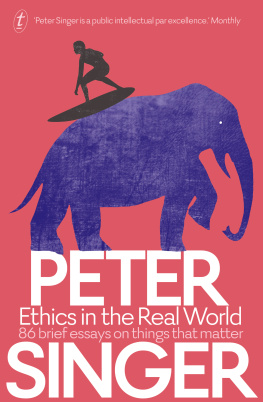
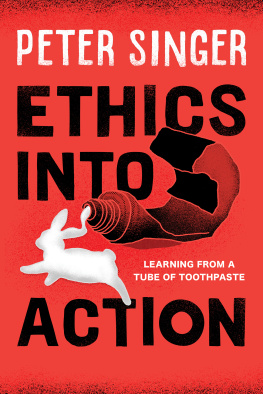

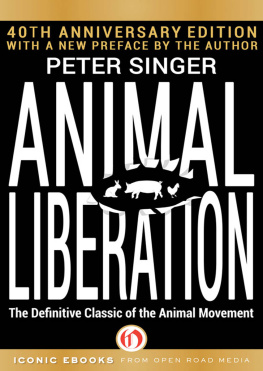

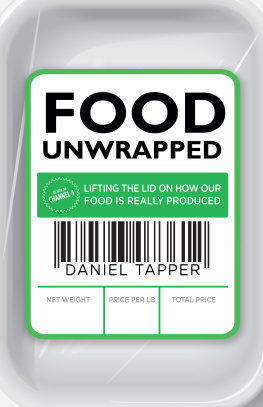

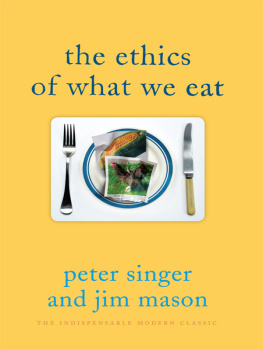
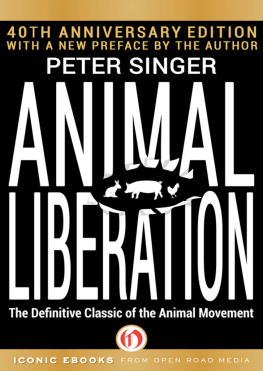
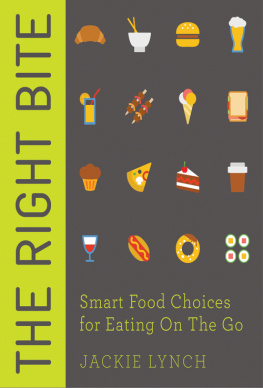
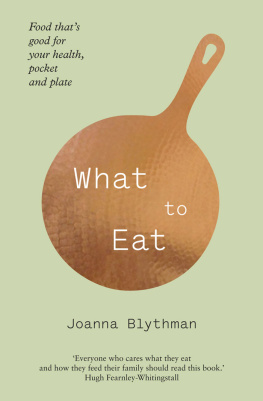

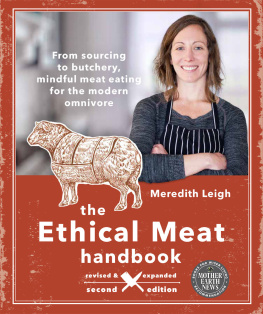
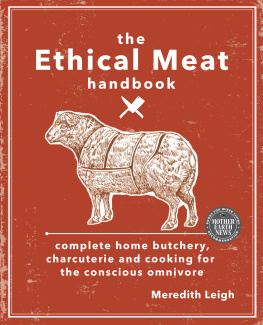
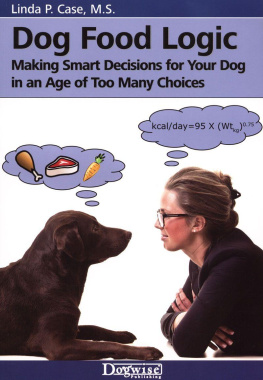












 nimal Factories, the first book that Jim and I wrote together, was -released in 1980 and sparked a wave of publicity about factory farming in major newspapers across the country. We appeared on CNN and on NBC's Today. The book's warnings about the harm factory farming inflicts on the environment, on rural communities, and on animals have been echoed by many others since. And yet the publicity that Animal Factories stirred up subsided without any significant changes taking place.
nimal Factories, the first book that Jim and I wrote together, was -released in 1980 and sparked a wave of publicity about factory farming in major newspapers across the country. We appeared on CNN and on NBC's Today. The book's warnings about the harm factory farming inflicts on the environment, on rural communities, and on animals have been echoed by many others since. And yet the publicity that Animal Factories stirred up subsided without any significant changes taking place.